The Vale do Pati, or Pati Valley, is a lush, isolated trekking paradise in Brazil’s Chapada Diamantina National Park - also known as the ‘Diamond Highlands’ - where once prospectors, cowboys and criminals dug deep looking to make their fortunes. Today, the land of the park is alive with vibrant greenery, plunging waterfalls and split by winding rivers. It boasts biodiverse flora and dramatic mountains and cliff faces, which tower over all of it.
It’s a place of cliff-top viewpoints which look out onto monoliths, and of waterfalls which plummet hundreds of feet down into idyllic rock pools...
Unlike many areas affected by diamond mining, the soil in this region stayed lush, and so it also served as a site of coffee growing for a long time. The region remains incredibly biodiverse - with monkeys and hundreds of charismatic bird species to see - and if you hike through it, you will be fully immersed. Don’t expect to have phone signal, and don’t expect a warm shower each morning.
The real beauty of this region doesn’t lie down in the mines, but out on the open trails, obvious for all to see. Reached from the cosy, cobblestoned town of Lençóis nearby, the Pati Valley is far-reaching stretches of flat terrain which snake between, and curve up to, exposed rock cliffs. It’s a place of cliff-top viewpoints which look out onto monoliths, of waterfalls which plummet hundreds of feet down into idyllic rock pools and lush vegetation which sends the scents of nature up into the air. This is pure, Brazilian beauty at its best.
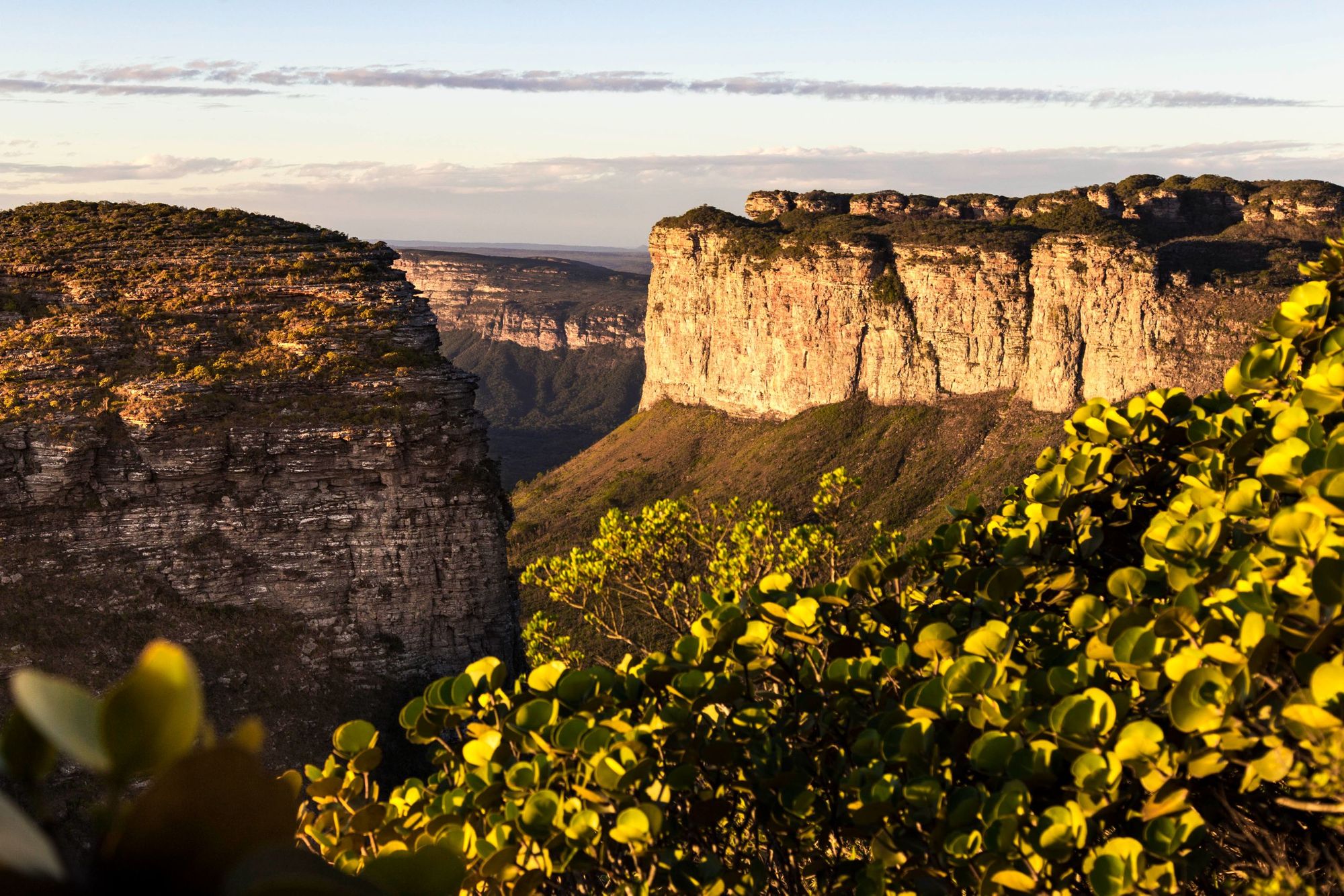
There’s a full range of treks in the Vale do Pati (most of which follow old coffee or prospector trails). They range from day hikes up and down a mountain to trails that multi-day hikes, between Andaraí and Vale do Capão, for example. These longer walks are where the area really comes into its own, giving you the time to adjust to the slow life. Lonely Planet's Atlas of Adventure describes it as hiking “through the remote and sparsely populated interior highlands of Bahia", with overnight stays hosted by locals being the cherry on top.
Here, we’re going to talk you through some hiking tips for the Vale do Pati area, but first? Let’s delve a little further into the history of the area.
The Diamond Highlands: A Brief History
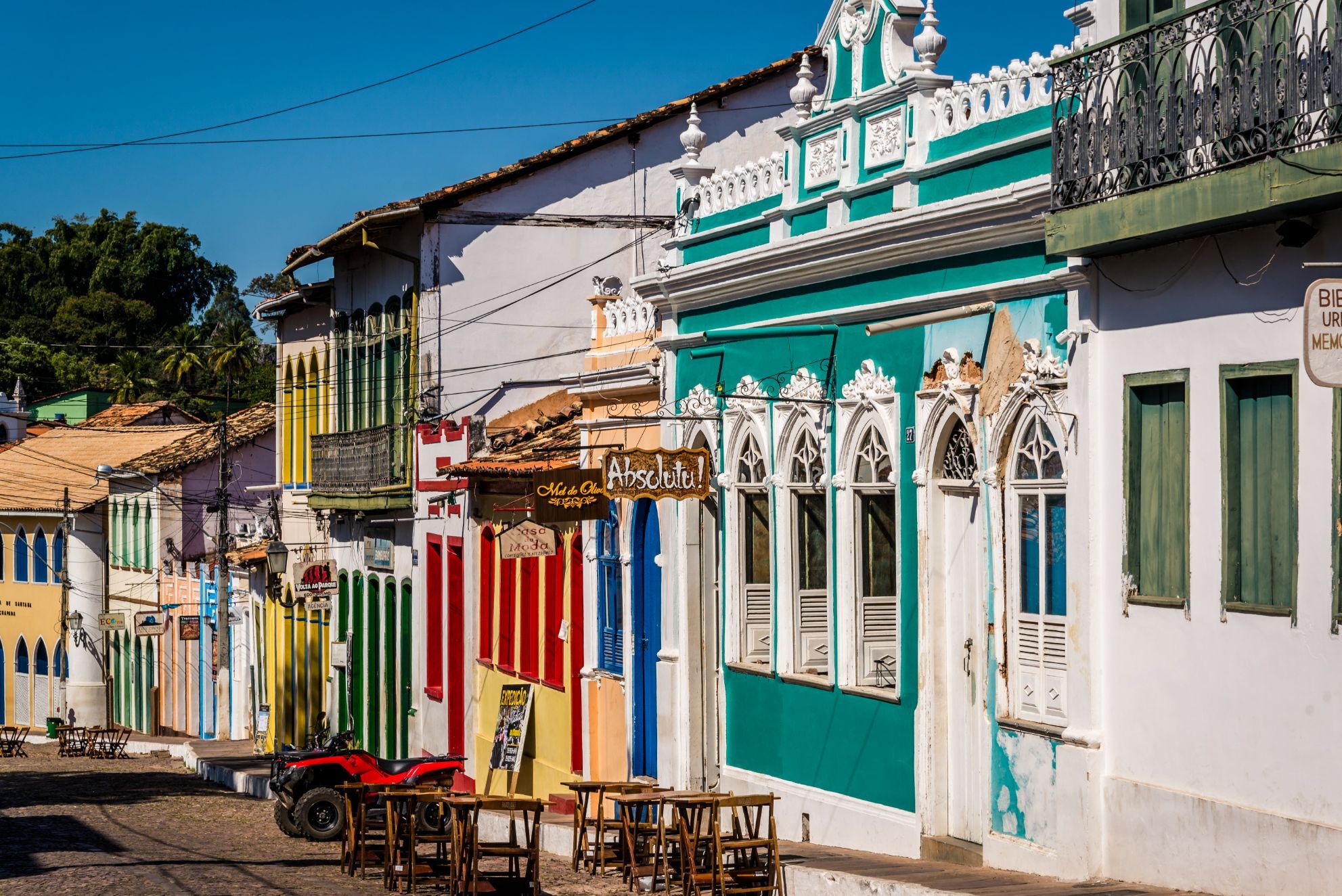
The Chapada Diamantina mountains were inhabited exclusively by indigenous people until European settlers arrived in the 1700s. When they discovered that there was gold in abundance in the northern area of the mountains, they began a gold mining period which lasted around two centuries.
It was later that Chapada Diamantina became the world’s diamond capital. The Pati Valley sits just beyond the municipality of Mucugê, and it was in that town that in 1844 a diamond haul was found, attracting an array of adventurers, dreamers and, indeed, criminals to the area. The Guardian writes that “this was at about the same time and every bit as wild as the California Gold Rush.”
Funch wrote of the “complex mosaic of ecosystems , which range from forests and swamps to high rock peak, each with their own unique and highly-adapted plant life.
Lençóis is the gateway to the Vale do Pati, and its name actually means “sheet” - taken from the tented camps that the diamond-seeker would set up upon arrival in the 1800s. You’ll notice there are a lot of French-style colonial houses in the cobblestoned town. This is down to a French vice-consul who lived there, buying up materials for use on the Panama Canal and London underground.
Lençóis, Mucugê and Andaraí boomed as diamond cities, but when the diamond boom went bust in the 1880s (after more easily accessible mines were found in South Africa) the towns fell into decay.
Another form of mining returned in the 1980s, when new operators began searching for materials that could be used in industrial work, but these were shut down by environmental agencies by the 1990s. The area received national park status in 1985, largely due to the work of the American biologist Roy Funch.
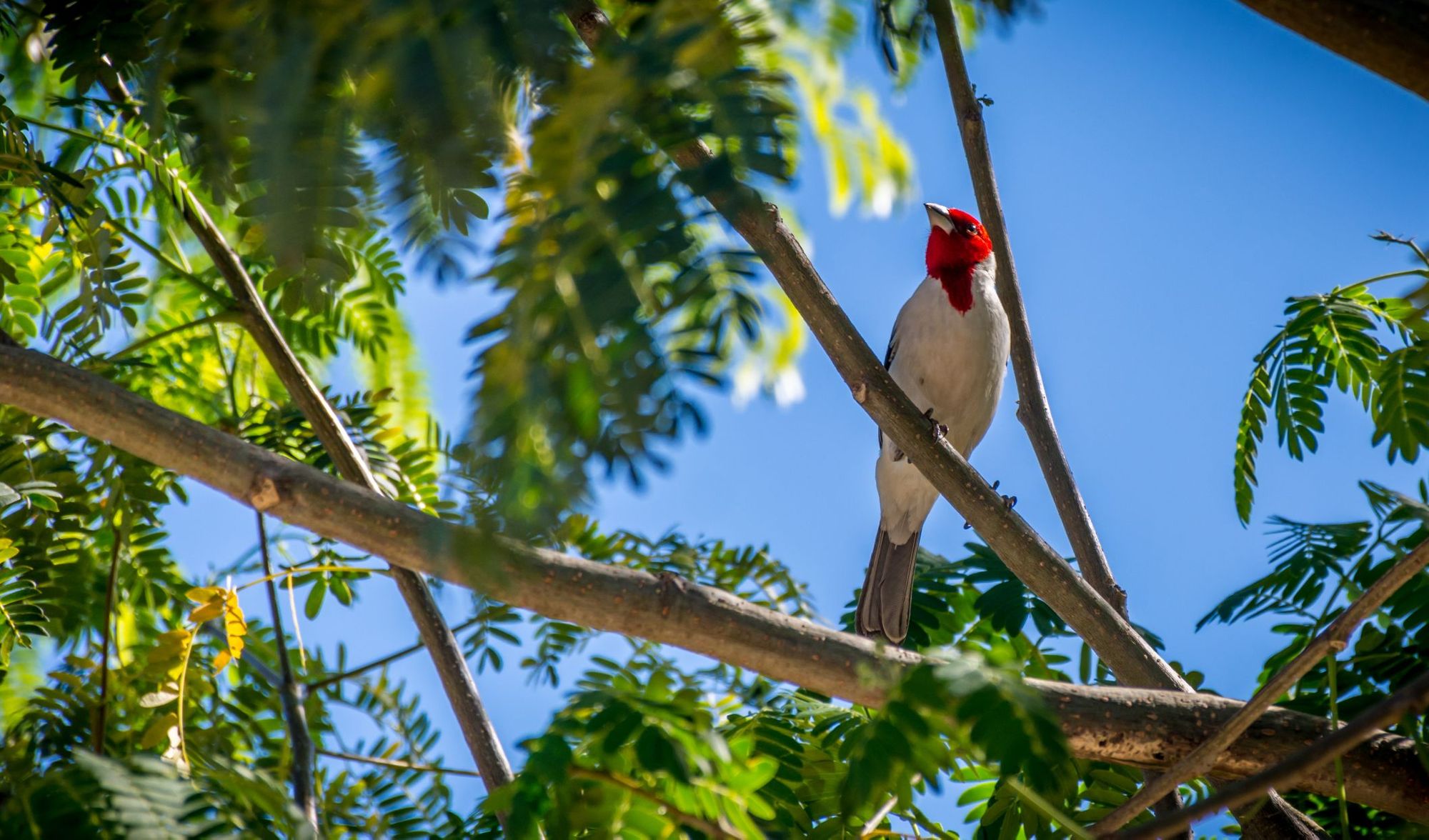
Funch moved to Lençóis in 1978, and as well as his work as a biologist, he also worked in guiding, craftsmanship and as a writer. In his book A visitor’s guide to the Chapada Diamantina Mountains, Funch wrote of the “complex mosaic of ecosystems , which range from forests and swamps (at 40m/1300ft) to high rock peak (1700m/5600ft), each with their own unique and highly-adapted plant life." Today, this park is said to be the richest biodiversified savanna in the world, with more than 10,000 species of plants - a huge 45% of which are endemic.
In the years that followed, many more people were attracted to Lençóis for its sleepy beauty, and the nearby Vale Do Capão became a hippie town. While there are some prospectors still in the hills, there aren't many. In Pati Valley, coffee-growing kept people going instead. There used to be around 400 families living in the area, but the decline in the price of coffee, and other economic issues, meant the departure of many people to the major cities of Brazil.
Today, there’s just a handful of families still living in the valley, though of course, there's a larger population in the nearby towns. Adventure tourism and guiding is now a crucial trade in the area - though mass tourism never truly established itself here, so don’t worry about getting stuck in a chain hotel.
Okay, So Where is Vale do Pati?
The Chapada Diamantina National Park is sandwiched roughly between the city of Salvador de Bahia and Brasilia, the geometric capital of Brazil, in the northeast of the country. It’s about a seven-hour bus ride from Salvador - and you’re around 800 miles north of Rio de Janeiro. The Vale do Pati is situated between the municipalities of Andaraí and Mucugê in the state of Bahia. The Diamond Highlands cover approximately 587 square miles in full.
When to Visit Vale do Pati?
This is entirely subjective, as it’s possible to hike in the area year round. The rainy season runs from November to April. During that time, the trails will be muddier and the rivers higher, but in return, you’ll find the waterfalls in full flow. Perhaps the best time to visit is just after the rainy season, from May through to June, when the waterfalls are still flowing, and the vegetation is lush and wet, but without so much rainfall. The dry season runs from July and comes with the obvious benefits, but beware that you’ll be likely to miss out on the waterfalls.
5 Tips for Trekking the Vale do Pati
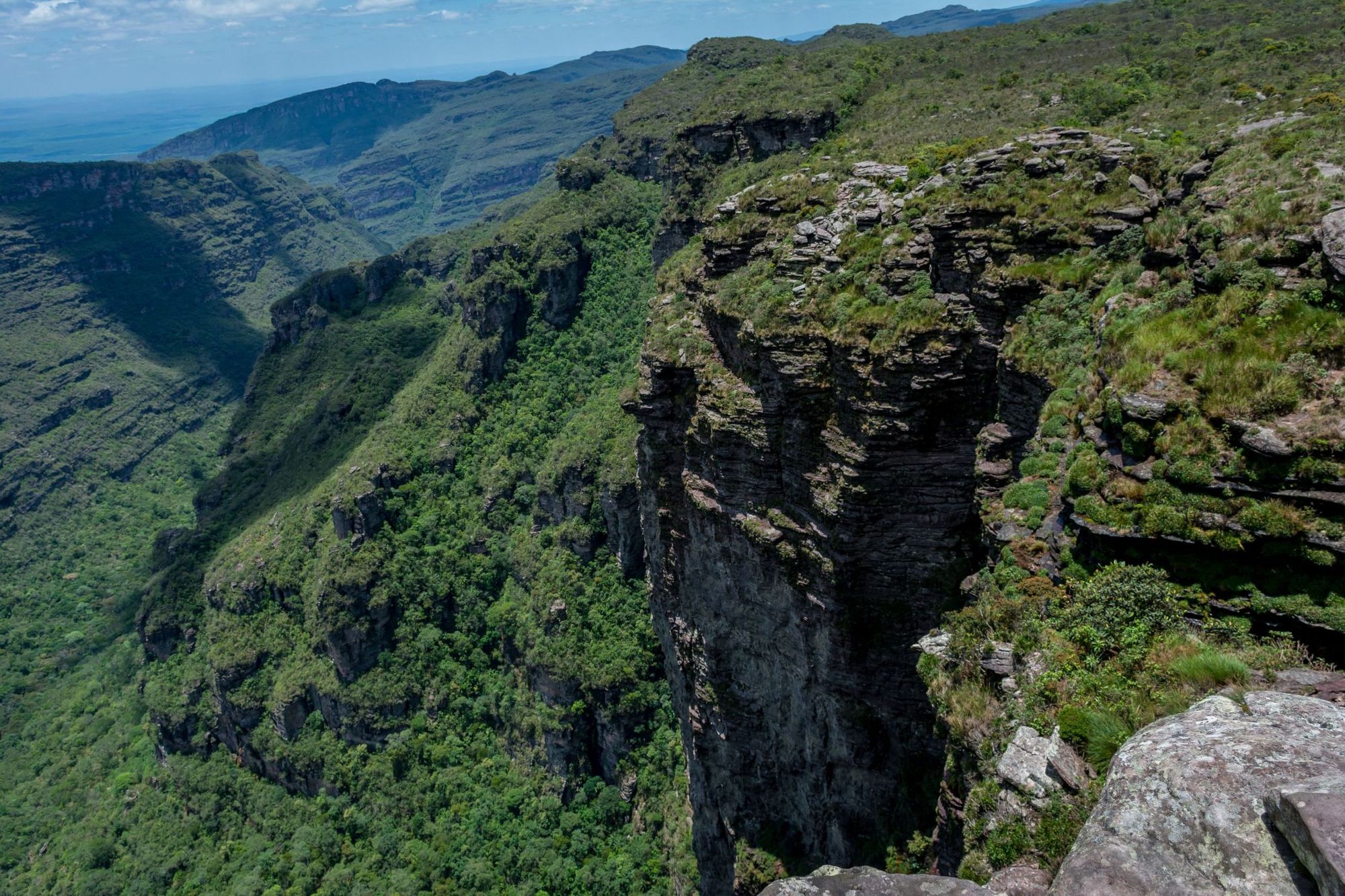
There are various trekking routes in Vale do Pati. The best known leaves Andaraí, and via Casa de Jóia, Cachoeirão and Ruinha ends up at Vale do Capão, running just shy of 70km. It’s recommended to get local guide in order to walk in the area. The signposting is decent, but not universal and of course, there’s a wealth of local history to uncover that a guide can reveal along the route. Excellent map-reading skills will be needed if you’re going alone, as certain turns are confusing.
With all that in mind, rather than go into the intricate details of a trip itinerary, what we’re going to do here is shine a spotlight on some of the highlights you might see while hiking the Pati Valley.
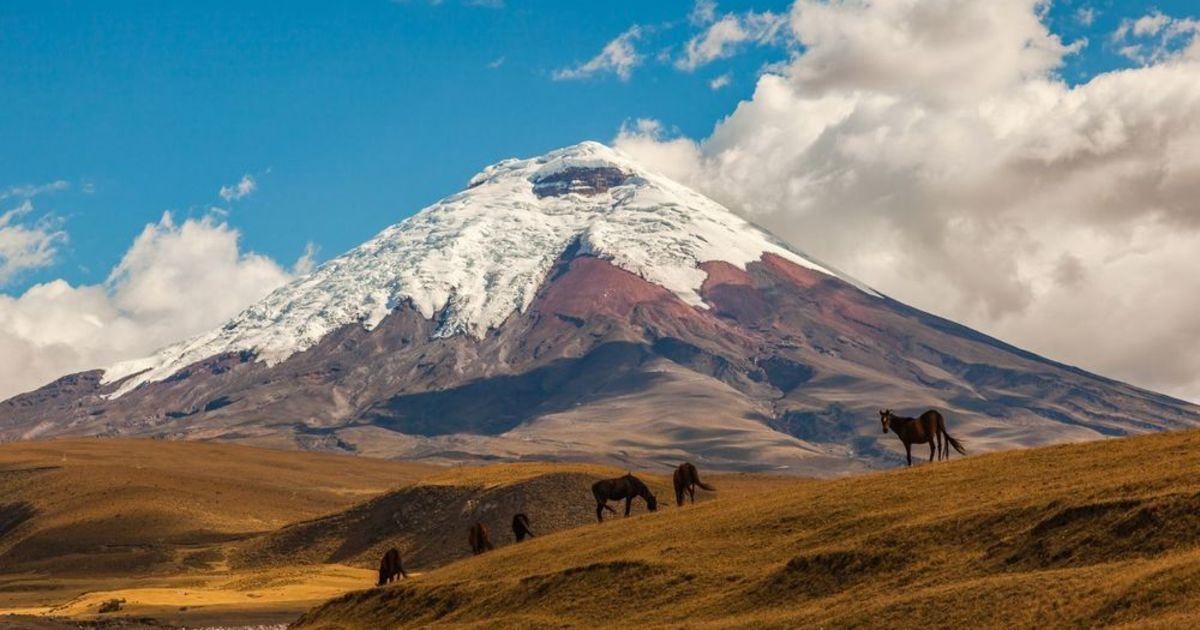
When you’re hiking in the Diamond Highlands, you should expect a lot of ascents and descents, usually short, and often over rocks, and expect to hike long distances on the flats of Campos Gerais too. It’ll sometimes be necessary to whip off the hiking boots to cross rivers, and there are some climbs that are trickier than others - for example, the rocky ascent to Gruta do Castelo.
There will also be a lot of cliff-edge viewpoints, above mountains, canyons and even waterfalls. So bring your head for heights!
Expect Views from the Get Go
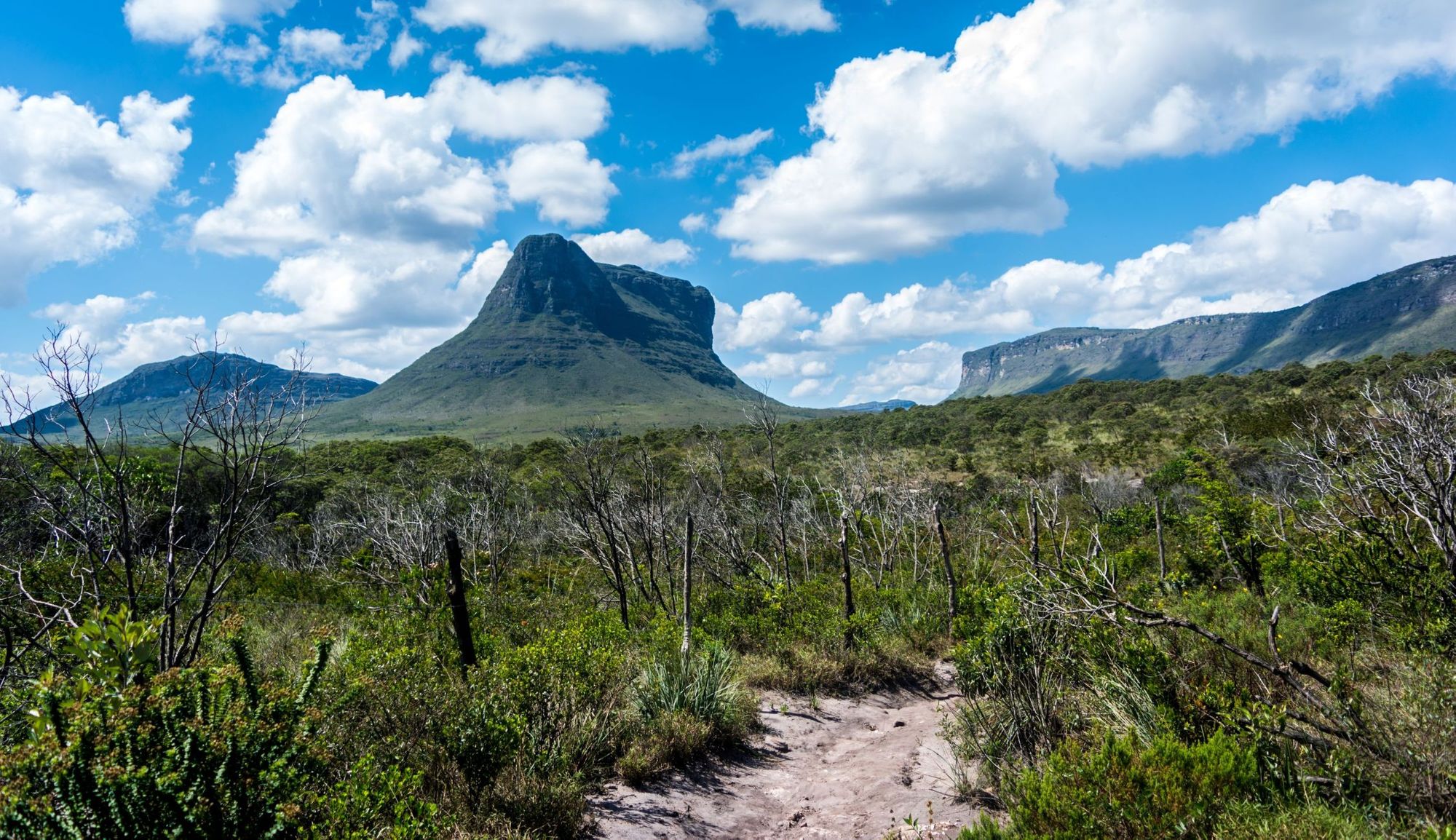
Before you even get to the remote beauty of the Pati Valley, you’ll have to make your way to Lençóis, which is a lovely small town in the area. So lovely is it in fact that for a while, it picked up a rather famous resident - Led Zeppelin guitarist Jimmy Page.
A great view of the Chapada Diamantina national park is a half hour’s drive from here - at Pai Inacio Hill, which provides a 360-degree lookout point over the monoliths and green beauty you’ll soon be hiking over. From Lençóis, you’ll head to the even smaller gateway town of Guiné. Then, it’s a walk up Beco Hill with a view out over the Serra do Esbarrancado, a stunning, huge, sloping mountain ridge. Follow on, across the Rio Preto riverbanks, and more viewpoints await. The Vale do Pati hike is one which begins with a bang.
Make the Most of Homestays with Locals
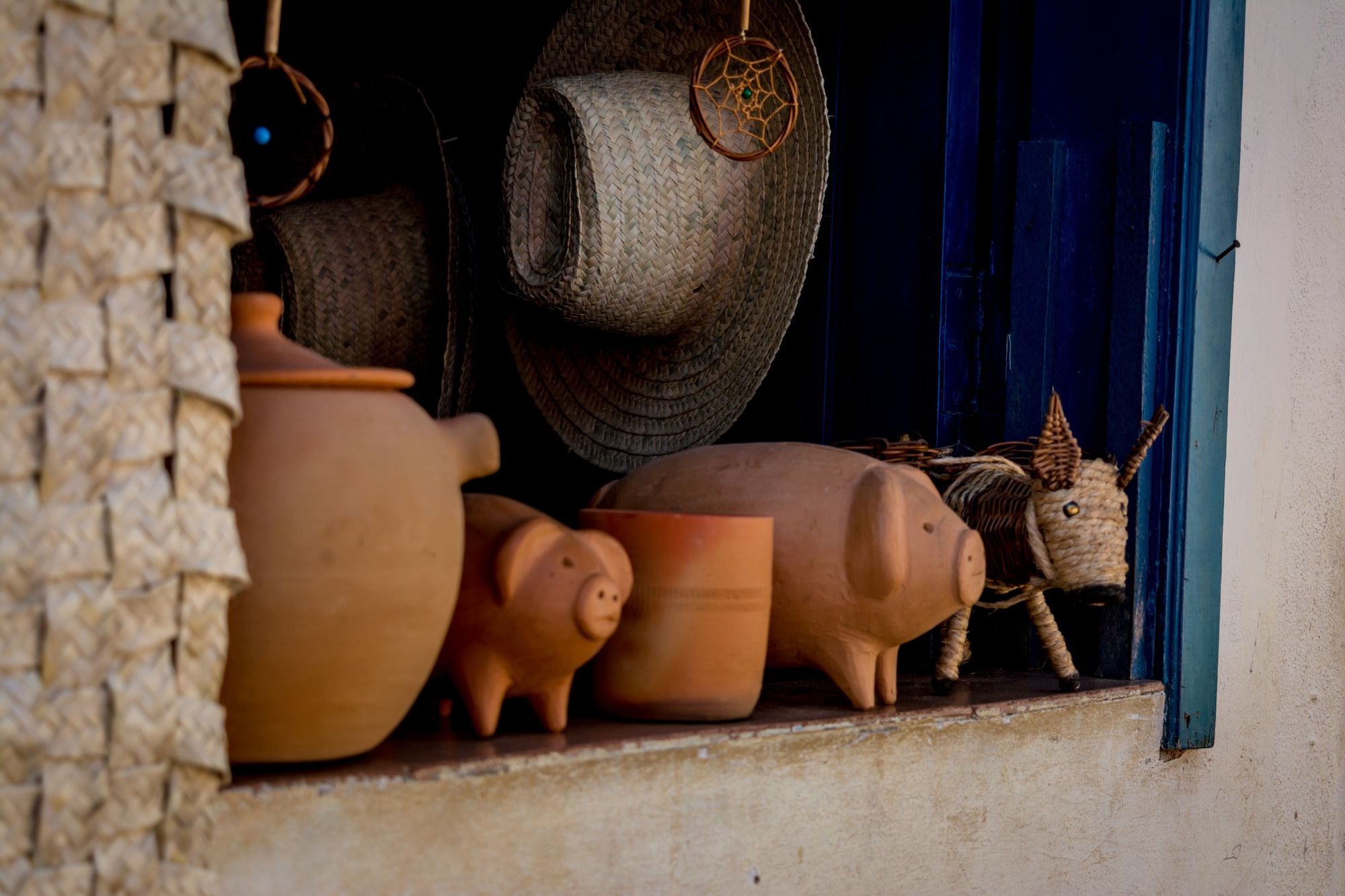
One thing that sets trekking in the Pati Valley apart from many other treks is that you won’t be staying in hotels as you walk here - you’ll be staying at a local’s house. These are typically clean but basic, with great views and even better vibes. There’s usually a lovely trail community at these stays, and it’s a great chance to learn more about what life is like for a local in the Vale do Pati.
Not only are these homestays a great, and direct, way to ensure that local people benefit from tourism to the area, and that the money that comes into the park stays in the park, it’s also a great way to learn about the region. Nobody knows the tales and stories of Chapada Diamantina better than those who live there. Ask them about the history of diamond mining, gold-hunting and coffee production in the area - and about regional dishes, from sweet potatoes to boiled bananas.
Waterfalls, Waterfalls, Waterfalls
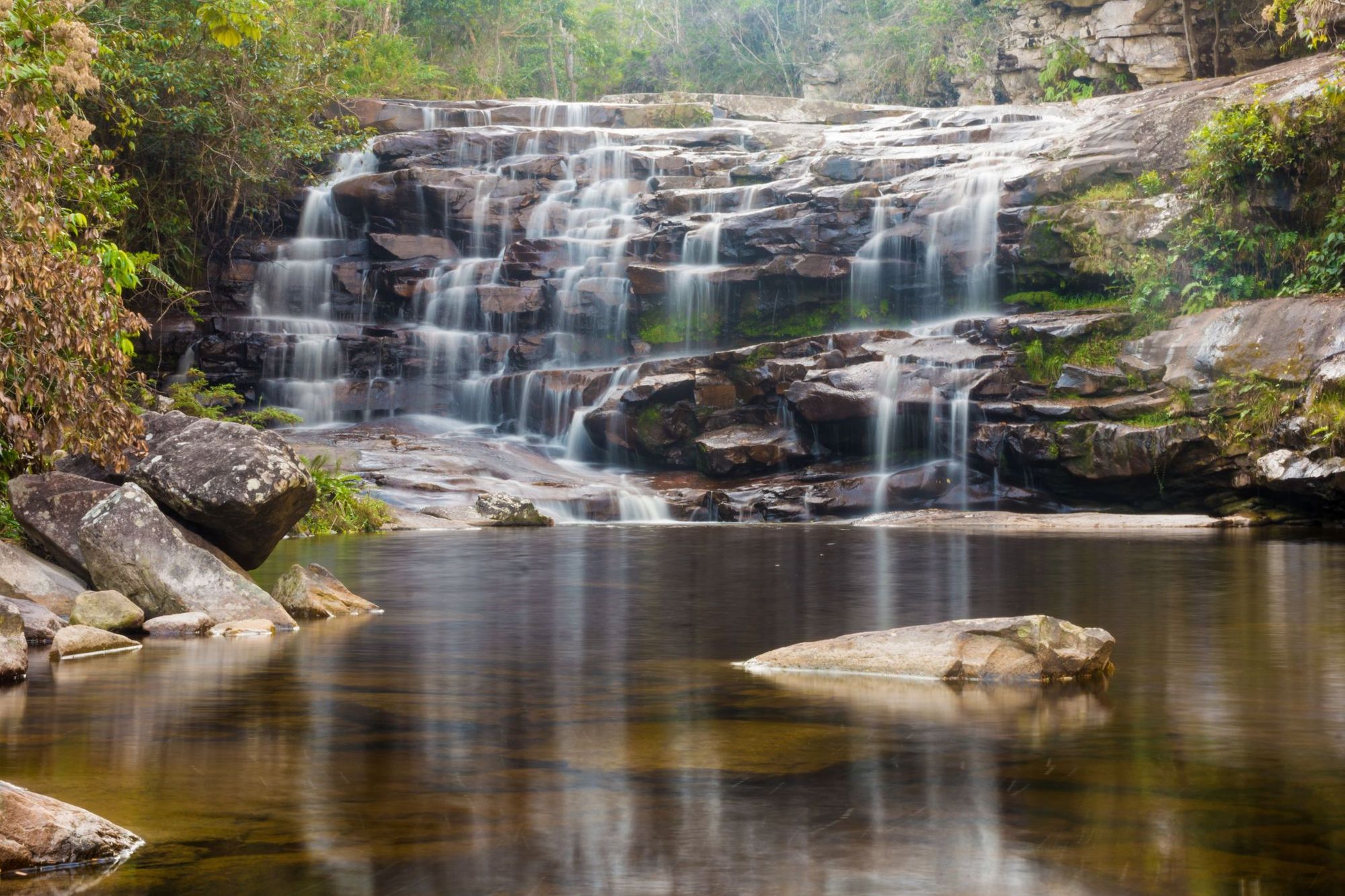
The Cachoeirão waterfalls are perhaps the most famous attraction in the Vale do Pati. You’ll have to climb a formidable 300m-high canyon, but at the top, you can see up to 20 waterfalls plummeting down the cliff face in the rainy season. There won’t be much water there in the dry season, but there will still be the iconic jagged, protruding stones here, which provide vertigo-inducing lookout points, akin to those at the famous Trolltunga on the Norwegian fjords.
They’re not the only wonderful waterfalls in the region, though - nor on this trek. Follow the Funis River through the valley, criss-crossing the water a few times as you go, and you’ll pass several other waterfalls before reaching the Funis waterfall, an idyllic spot for a swim, with the water casually cascading down into a rock pool over a series of stacked rocks.
The Devil’s Pool, or Poço de Diabo, is another popular waterfall, found in a deep ravine. It's near Lençóis and is often visited by tourists in town.
Climb to the Gruta do Castelo
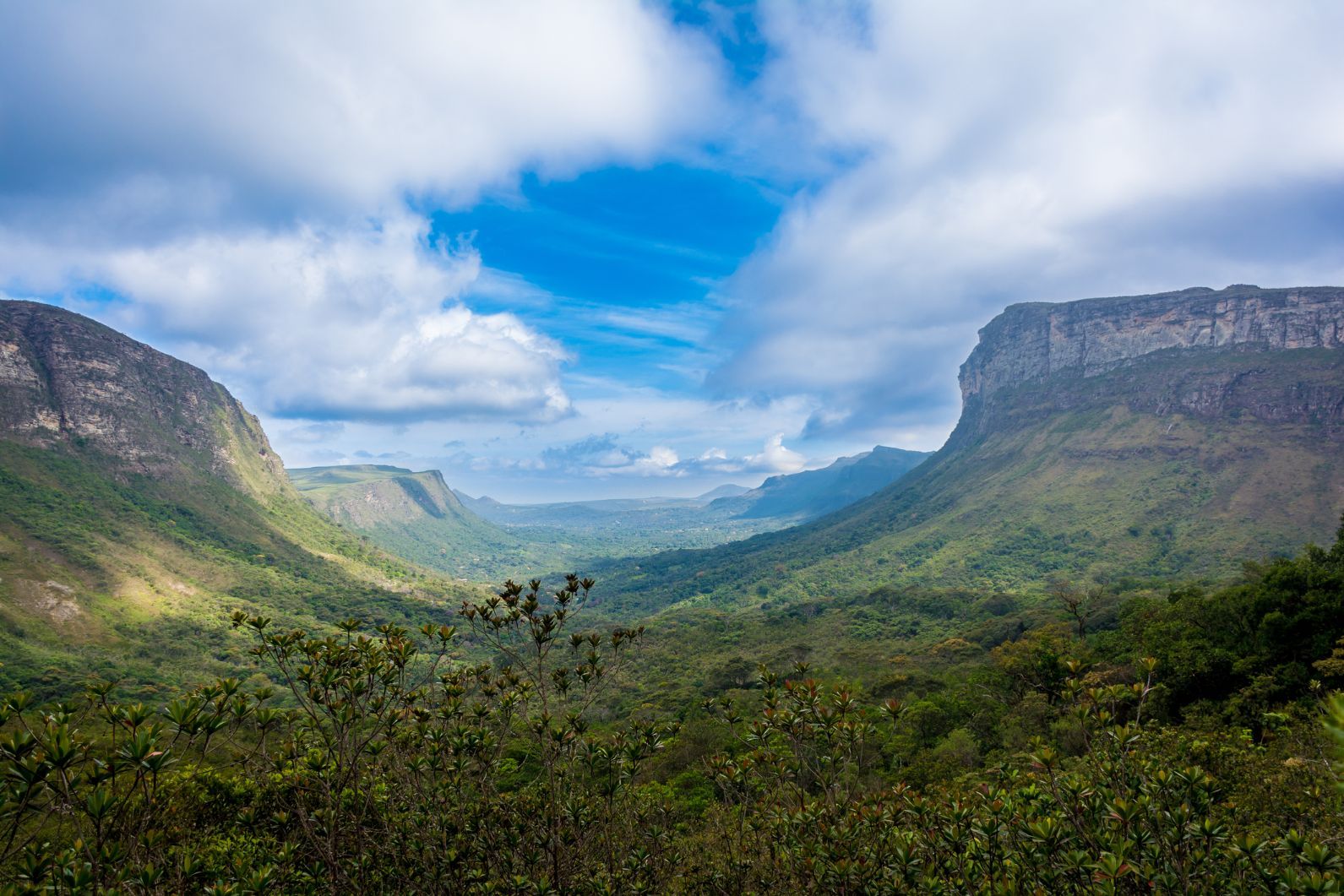
‘Gruta do Castelo’ translates as ‘Castle Hill’s Cave’. This huge quartzite cave is found at the trail which leads up the Serra da Lapinha, not far beyond the Funis Waterfall. The trail is steep and requires caution when climbing. You’ll need to do a bit of scrambling, but nothing too tricky. After an approximate 90-minute climb, you’ll reach the cave, at the top of Castle Hill. Get your head torches and flashlights out, and you can head into that cave and cross it, coming out at a really beautiful trail, with a viewpoint down the barrel of the valley - from the green floor of Calixto forest to the walled sides and the river dividing it in two.
Embrace the Immersion
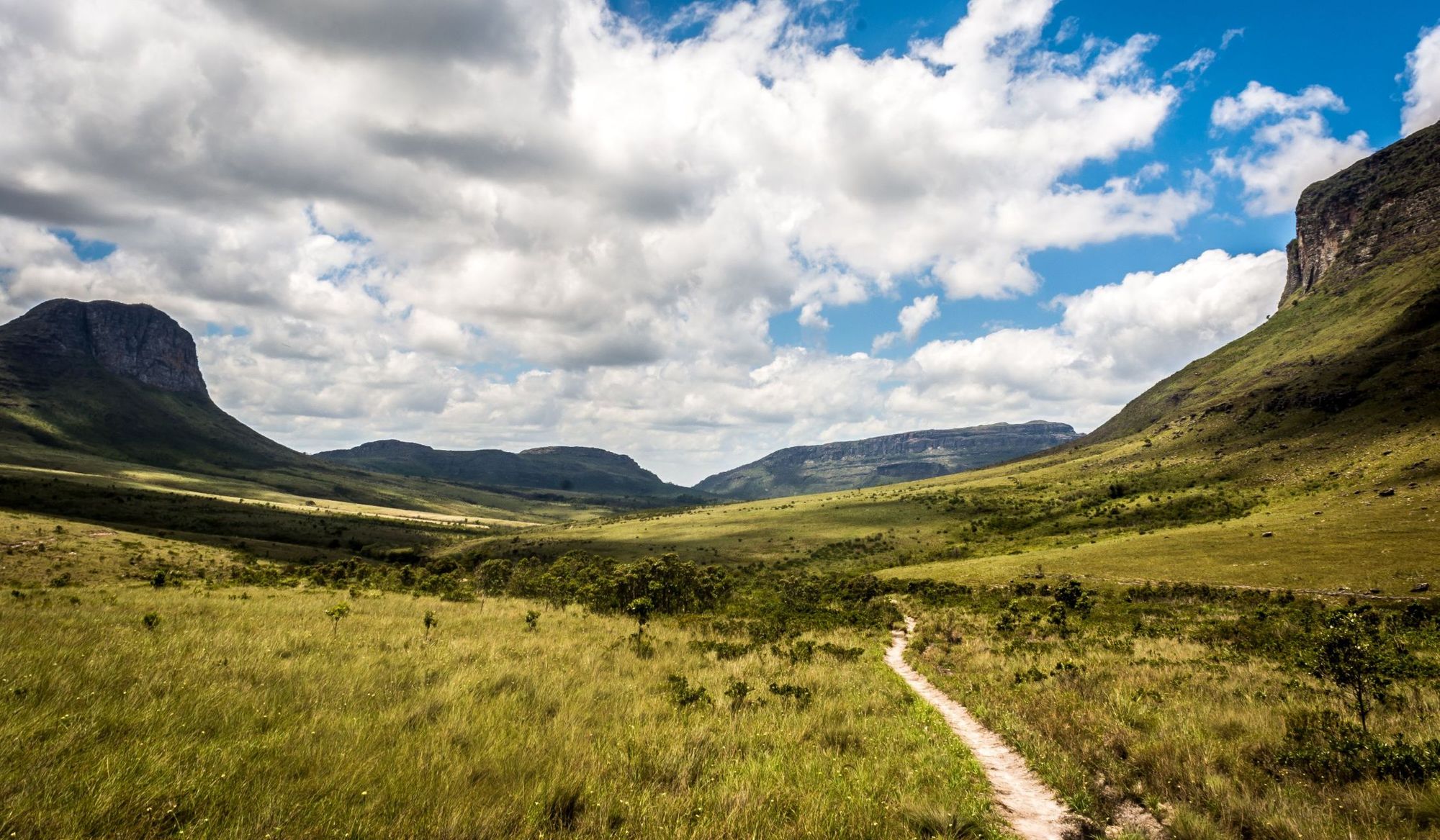
A lot of your time in the Vale do Pati will be spent walking on the plains which pass through this beautiful valley. You’ll have time to think, time to chat, and a whole lot of beautiful views to take in. What you won’t have is phone signal, or ready-access to 5G internet. Things are rural and rustic out here. The water you drink will largely be from the rivers and streams. There’s a lot to love about getting away from modern life for a few days and embracing nature, but know that you're going to be getting truly away from things here. This is a true break, so be prepared!
Oh, and one more thing. It’s good to turn up in Lençóis with all of the cash that you’ll need for your trip. It’s unlikely you’ll be able to pay for anything by card when you're out on the hike, and the cash machine in Lençóis is unreliable.
Inspired? Check out our range of adventure holidays in South America now!


